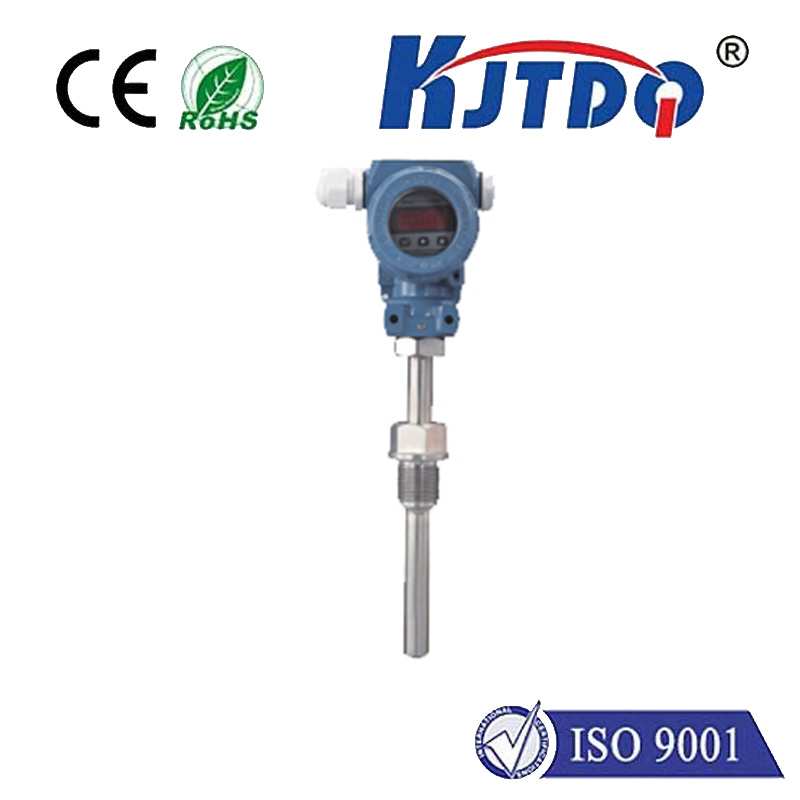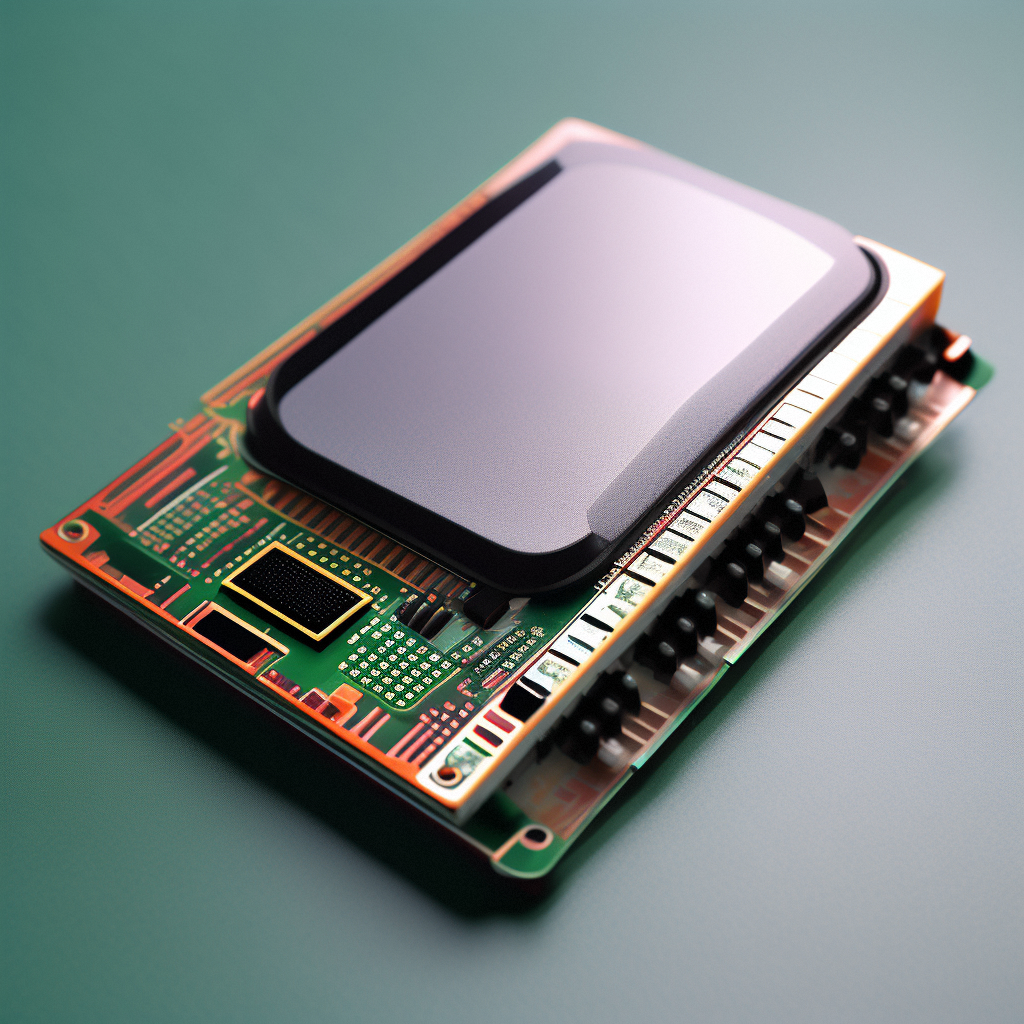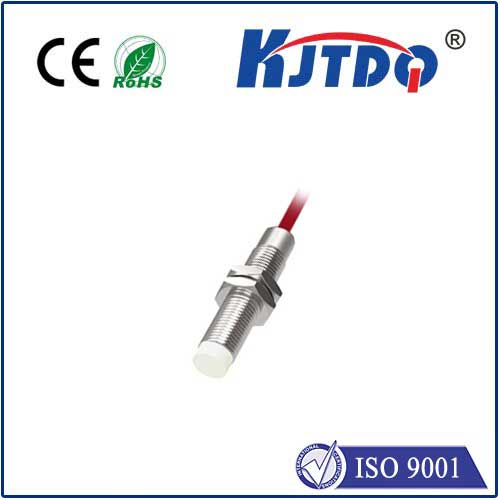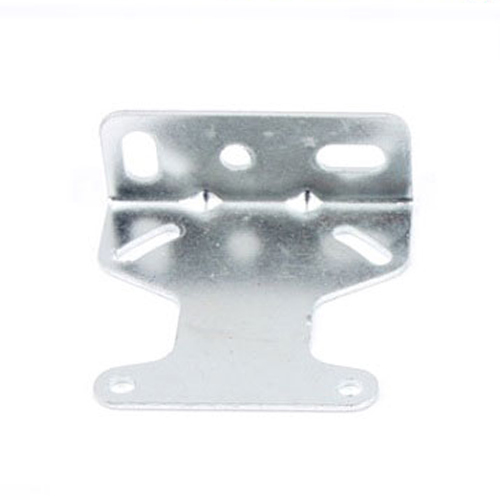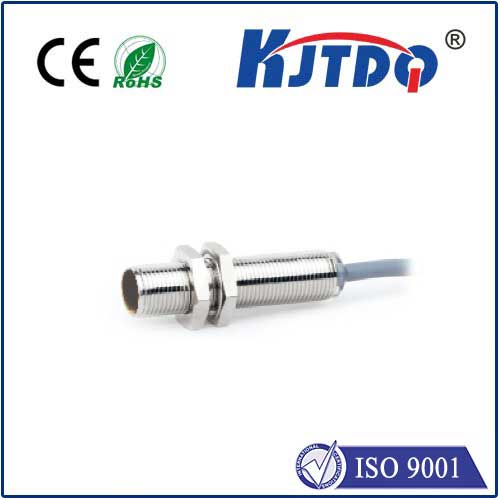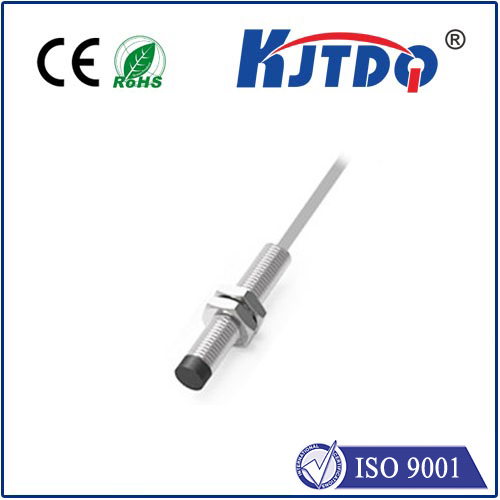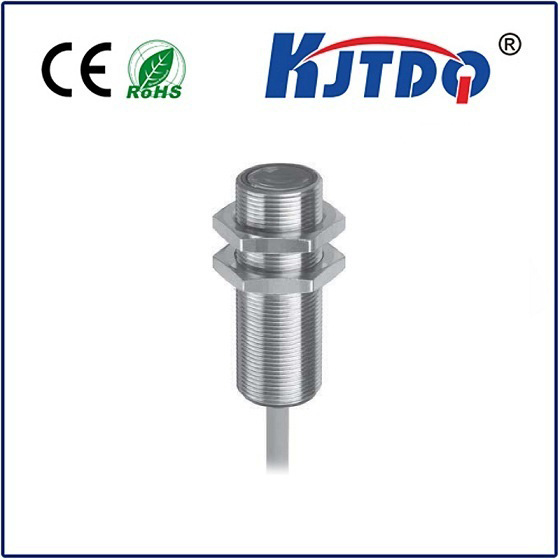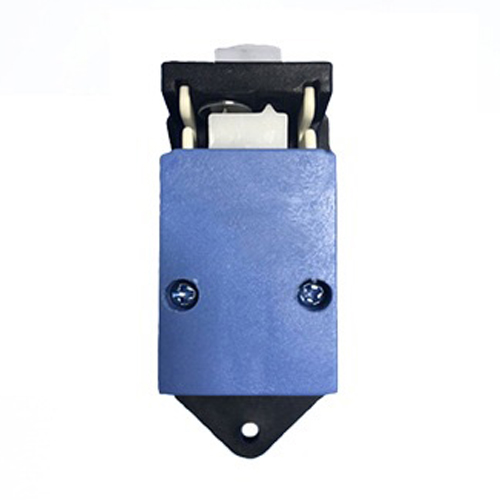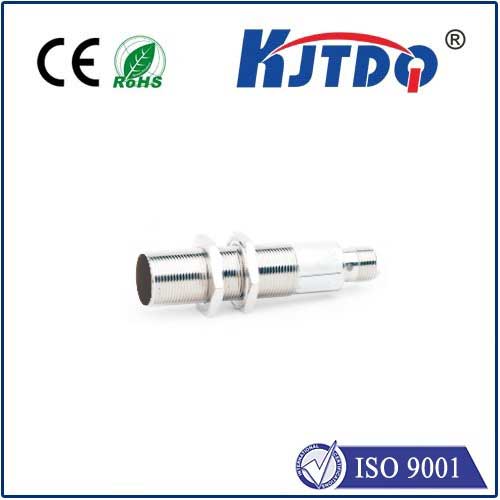Imagine walking into a room where lights flicker on automatically, doors slide open seamlessly, and machinery halts instantly when you approach. This isn’t magic—it’s the work of object presence sensors, the unsung heroes enabling smarter, safer interactions between humans and technology. From factory floors to smart homes, these devices detect the existence, position, or movement of objects without physical contact, revolutionizing efficiency and safety.
Object presence sensors are non-contact detection devices that identify the presence or absence of objects within a defined range. They work by emitting energy—light, sound, or electromagnetic fields—and analyzing changes in the reflected signals. When an object disrupts this energy flow, the sensor triggers an output signal to control machinery, alert systems, or log data. Three core principles drive them: reflection, interruption, or proximity-based field distortion. Unlike simple touch switches, they operate wirelessly, reducing wear and enhancing reliability in dynamic environments.
Photoelectric Sensors: Using infrared or laser beams, these detect interruptions in light paths. Ideal for precise, long-range tasks (e.g., counting products on conveyor belts). Their versatility makes them staples in packaging and automotive assembly lines.
Ultrasonic Sensors: Emitting sound waves beyond human hearing, they measure echo return time. Immune to dust, smoke, or color variations, they excel in harsh environments like waste management or liquid-level monitoring.
Capacitive Sensors: Detecting changes in electrical fields around their active surface, these identify materials like liquids, plastics, or granular substances. Widely used in food processing or chemical tanks for non-metallic object detection.
Inductive Sensors: Specialized for metallic objects, they leverage electromagnetic induction. Rugged and contactless, they dominate heavy industrial settings (e.g., detecting metal parts in machinery).
Selecting an optimal object presence sensor involves strategic evaluation:
The next wave integrates AI-driven predictive analytics. Modern object presence sensors collect data to forecast maintenance needs or optimize workflows. Pairing them with edge computing enables real-time decision-making—for instance, adjusting conveyor speeds based on object flow rates. Meanwhile, miniaturization is expanding applications in wearables and micro-robotics.
Invisible yet indispensable, these sensors mitigate risks, slash operational costs, and enable Industry 4.0. A bottling plant using photoelectric sensors reduced spillage by 22%, while smart warehouses cut energy use by 40% through presence-based lighting. As automation surges, the demand for intelligent, adaptive detection will only intensify—making object presence sensors the backbone of a responsive, interconnected world.
